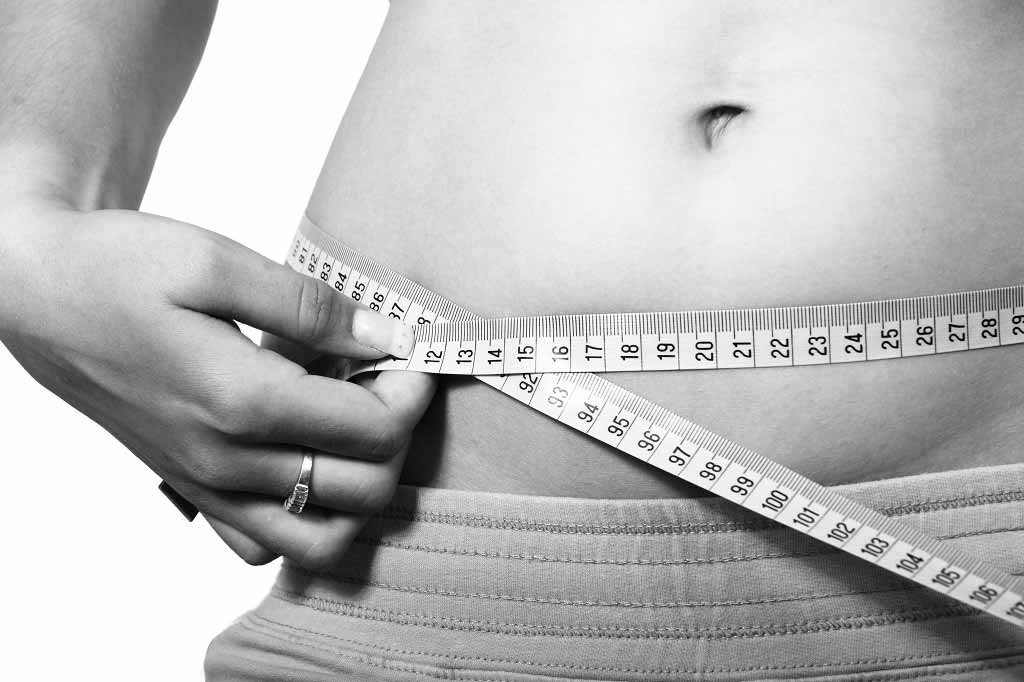'Fat mums have fat daughters'
Obesity
Overweight mothers are far more likely to have overweight daughters according to new research. We explain the science behind the study...
“Girls are 10 times more likely to be overweight if their mothers are obese,” the Daily Mail has said. The newspaper also reports that overweight fathers are six times more likely to have obese sons, based on the results of new research.
The study investigated whether childhood obesity was related to environmental influences rather than genetic ones, by looking at the BMI’s of 226 five-year-olds and their parents. Researchers found relationships between the BMI of mothers and daughters and between fathers and sons, but not between children and their parent of the opposite gender. The researchers say that this supports an environmental basis for ‘gender-assortative weight gain’ because if this were a gene trait it would be unlikely to be gender selective.
It is not all that surprising that a parent’s weight, eating habits and lifestyle may influence their young child, but it is unclear why this should be gender-specific. Also, the small study did not assess the contribution of genetics to being overweight, or evaluate the role of other environmental and social factors likely to influence a child’s weight, such as diet and physical activity. The researchers say that it is “important not to over-interpret these findings”, and note that they relate only to pre-pubescent children.
Where did the story come from?
EM Perez-Pastor and colleagues at the Department of Endocrinology and Metabolism, Peninsula Medical School, Plymouth, carried out this research. The study was funded by Bright Futures Trust, Smith’s Charity, Diabetes UK, NHS Research and Development, the Department of Health, Child Growth Foundation, Diabetes Foundation and EarlyBird Diabetes Trust. The study was published in the peer-reviewed International Journal of Obesity.
What kind of scientific study was this?
This cohort study was designed to investigate whether there is an association between the BMI of parents and children of the same sex, i.e. between mother and daughter or father and son. The purpose of the research was to explore the effects of gestation, birth weight and parental BMI on childhood BMI.
The authors say that an obesity link between mother and daughter or father and son, but not between opposite sex parent-child, would imply an environmental rather than a genetic basis, because inheritance of these types of characteristics would not be gender-specific.
The data used in this research was taken from the EarlyBird cohort, which recruited 307 five-year-old children in 2000-1. From these, the researchers analysed 226 family ‘trios’ of a mother, father and a child (125 sons and 101 daughters), having excluded those children without both biological parents, with a pregnant mother or with a parent that had significant illness.
Measurements of BMI were taken from both parents when the child was aged five years, and anually from the child at 5-8 years of age. The researchers looked at BMI relationships between mother and father, mother and child, father and child. Normal weight range was defined as a BMI less than 25kg/m2, the overweight range as 25 to 30, and being obese as a BMI of more than 30.
What were the results of the study?
Fathers typically had a slightly higher BMI than mothers. There was only a weak, non-significant relationship between the BMI of mothers and fathers. Boys were generally slightly taller than girls, but girls were of higher BMI. There was some relationship between average parental BMI and their child’s BMI. For example, 3% of eight-year-old children were overweight/obese when neither parent was, compared to 29% when both parents were obese.
When assessing same sex parent-child relationships, the authors found that a mother’s BMI had a significant effect on her daughter’s BMI at all four ages, but found no significant relationship between the BMI of mothers and sons. Conversely, the researchers found a significant relationship between father and son BMIs at all four ages, but no significant relationship between fathers and daughters.
Overall, the risk of a girl being obese at age eight was significantly raised (ten-fold increase) if her mother was obese. The risk for a boy was increased six-fold if his father was obese.
The authors adjusted their analysis to account for child birth weight, parental age and BMI of the other parent, but these had no effect on any of the relationships. No change in BMI was found from the ages of five to eight years in children whose same-sex parent was of normal weight, or weighed close-to or less-than the average BMI of the standard population.
What interpretations did the researchers draw from these results?
The researchers conclude that childhood obesity today appears largely confined to those whose same-sex parents are obese, and that this link does not seem to be a genetic one.
What does the NHS Knowledge Service make of this study?
This study has aimed to demonstrate that childhood obesity may be related to environmental influences rather than genetic ones by looking at the relationship between the BMI of 226 five-year-old children and their parents.
The researchers appear to have found a relationship between the BMI of a mother and her daughter and the BMI of a father and his son, but not between the parent–child pairs of opposite genders. This, they say, supports an environmental link for gender-assortative weight gain, as individual gene traits of this kind are unlikely to be gender-specific.
The researchers suggest that the relationship between the weight of a child and their same-sex parent may be due to the parent acting as a role model for the child. However, this study is not able to shed light on why the environmental influence of obesity and shared eating patterns within a family should only influence a child of the same sex.
There are further points to consider when interpreting the results of this study:
- The study is not able to examine the full range of environmental and social factors that may affect a child’s BMI, e.g. diet, peer groups, types of physical or sedentary activities the child enjoys, school environment, etc.
- The study does not exclude the possibility of a genetic link to being overweight or obese, as this has not been specifically examined. In fact, the researchers say that they cannot exclude an unusual pattern of genetic transfer here, although the patterns observed do seem more likely to reflect environmental or behavioural influences.
- The findings would need to be replicated in a larger sample as the sample size was relatively small, it only examined parental BMI at one time, and only followed the child for a four-year period. Additionally, they cannot predict the child’s BMI or related health when they grow into adolescence and adulthood, and whether the relationship to the parent’s BMI would continue.
Despite this, it does not seem that surprising that a parent’s weight, eating habits and lifestyle may influence their young child, and as the researchers themselves say, it is important not to over-interpret these findings.






 Subscribe
Subscribe Ask the doctor
Ask the doctor Rate this article
Rate this article Find products
Find products





